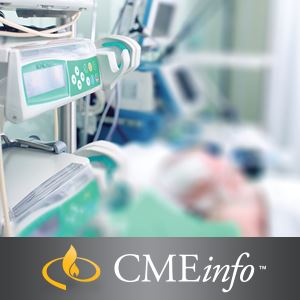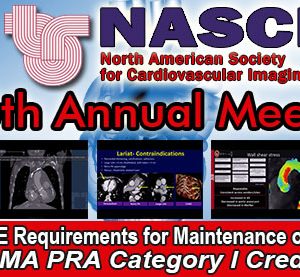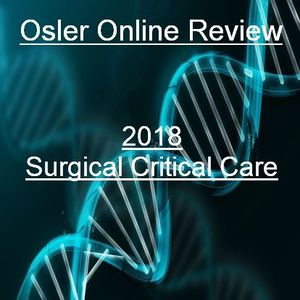Description
+ Include: 2 videos + 1 pdf, size: GB
+ Target Audience: breast imagers, general radiologists
+ Sample video: contact me for sample video
+ Information:
A case-intensive update focused on challenging breast imaging scenarios. Faculty translate current evidence and BI-RADS guidance into step-by-step approaches for detection, characterization, and management—spanning screening, diagnostic work-ups, intervention, and follow-up.
What You Will Learn
-
How to triage difficult findings with a clear, reproducible diagnostic algorithm
-
Multimodality pearls: when and how to use mammography (2D/DBT), ultrasound, MRI, and contrast-enhanced mammography
-
Pattern recognition for subtle/obscured lesions, architectural distortion, and postoperative change
-
Work-ups for imaging–pathology discordance, high-risk lesions, and “probably benign” pitfalls
-
Procedure updates: targeted US, stereotactic & tomosynthesis-guided biopsy, MRI-guided biopsy, localization strategies
-
Reporting that drives care: BI-RADS assessment, structured recommendations, and risk-aligned follow-up
-
Quality & safety: dose/contrast considerations, infection prevention, and patient-centered communication
Who Should Attend
Breast imagers, general radiologists who read breast studies, fellows/residents, technologists, nurse navigators, and APPs involved in breast imaging and biopsy pathways.
Why Attend
-
Convert complex cases into clear, next-step decisions
-
Reduce callbacks and re-biopsies with disciplined, evidence-aligned workflows
-
Improve multidisciplinary coordination with concise, actionable reporting
+ Topics:
*Note: these are continuous video recordings during the conference, they include individual lectures mentioned in the Detail section below
-
DBT for subtle distortion and asymmetries; dealing with dense breasts
-
Ultrasound problem solving: complex cysts, subtle masses, intraductal findings, axillary evaluation
-
MRI: indications, non-mass enhancement patterns, kinetics, postsurgical/radiation change
-
Contrast-enhanced mammography: use cases, artifacts, and pitfalls
-
Imaging–pathology correlation and discordance management
-
High-risk lesions (ADH/ALH/FEA, radial scar, papillary lesions) and upgrade risk
-
Post-treatment imaging: lumpectomy bed, reconstruction, implants, fat grafting
-
Biopsy techniques, localization (wire/seed/mag), and complication management
-
Workflow, QC, and communication: BI-RADS lexicon consistency, patient navigation, and follow-up intervals





Reviews
There are no reviews yet.